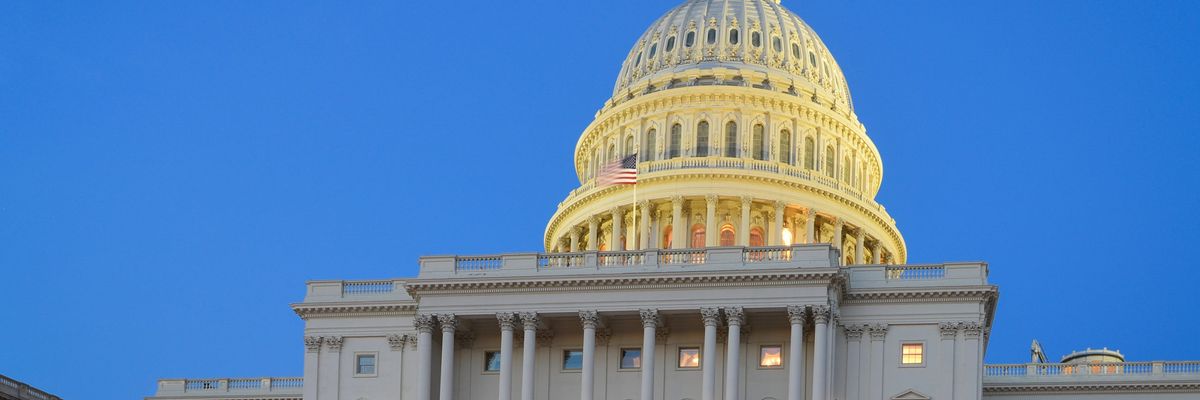According to reports overnight, House and Senate lawmakers have agreed to an omnibus package —a massive spending bill to keep the government going after Friday and into next year — that includes "about $45 billion" in new Ukraine aid. That's eight billion more than what President Biden was reportedly asking for to finish out the year.
If it passes, that will mean U.S. assistance to Ukraine in its war against Russia will top out at more than $100 billion for the year. This includes humanitarian/economic aid as well as the steady flow of weapons into that country since Putin declared his "special operation" and invaded Ukraine in February.
To put this into context, Russia's projected defense budget for 2023 is $84 billion.
According to a summary of the Ukraine aid released Tuesday, under the DoD, $9 billion will go to direct weapons and other military assistance for Ukraine and $11.8 billion will go to replenish U.S. military stocks that have been depleted since February due to transfers to Ukraine. It will also include nearly $7 billion for U.S.-European command operations in support of Ukraine, and $6 million for oversight.
Meanwhile, more funds are allocated under State Department and foreign operations, including increasing the President’s authority to transfer defense equipment to Ukraine to $14.5 billion, and $560 million in State Department security assistance funding for Ukraine and other allies.
This will be the fourth package for Ukraine. The first was after the invasion in March for $13.6 billion, the second was $40 billion in May and the third was $12.3 billion, which was attached to the continuing resolution in September to keep the current budget going. Altogether, the three packages total some $65 billion.
Of that, according to CSIS defense analyst Mark Cancian, nearly $30 billion of that has been military aid, including direct short and longterm support to Ukraine, U.S. military operations in the region, and "general support" that is "tangentially related to Ukraine."
As of this writing, we do not know the breakdown of the new $45 billion package, how much is military, or where it would go, but if you want to see where the money has been going since February, my colleague Connor Echols has been keeping with each new disbursement of the military aid, here.
This post was updated to reflect new details released as part of the omnibus package.
















